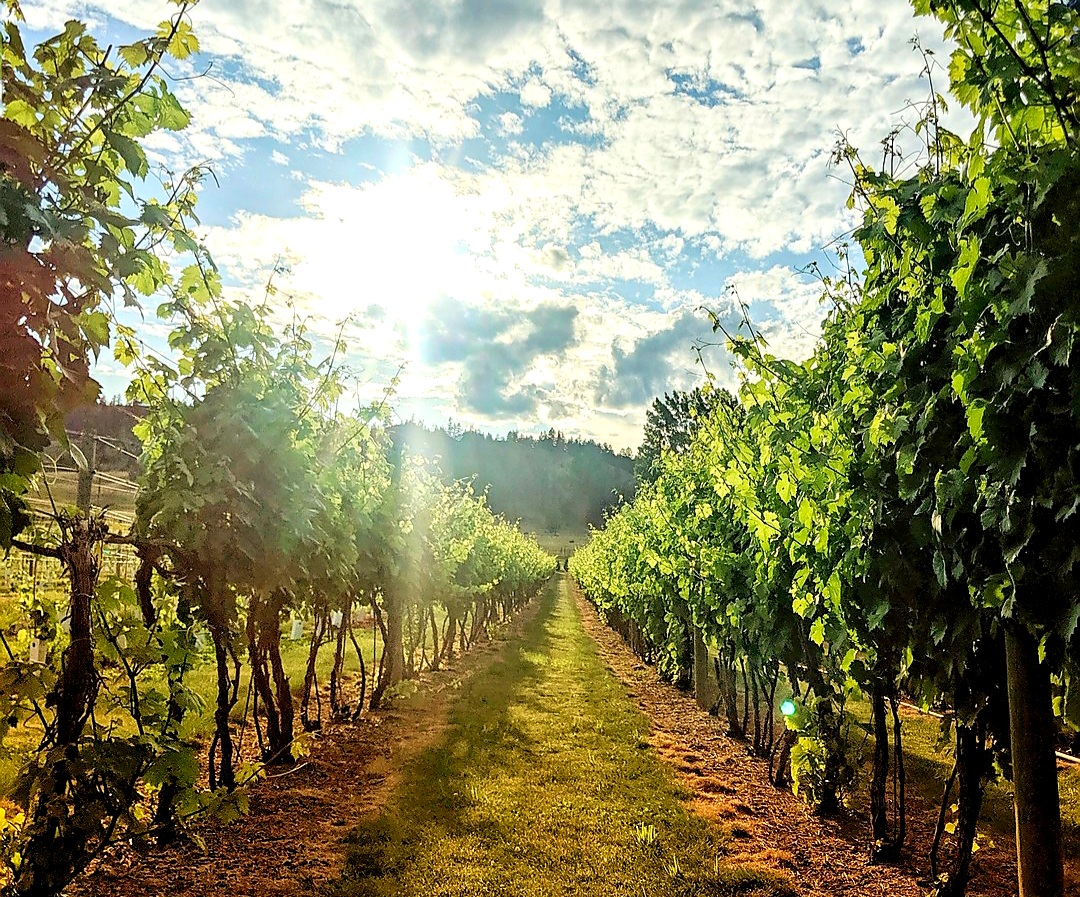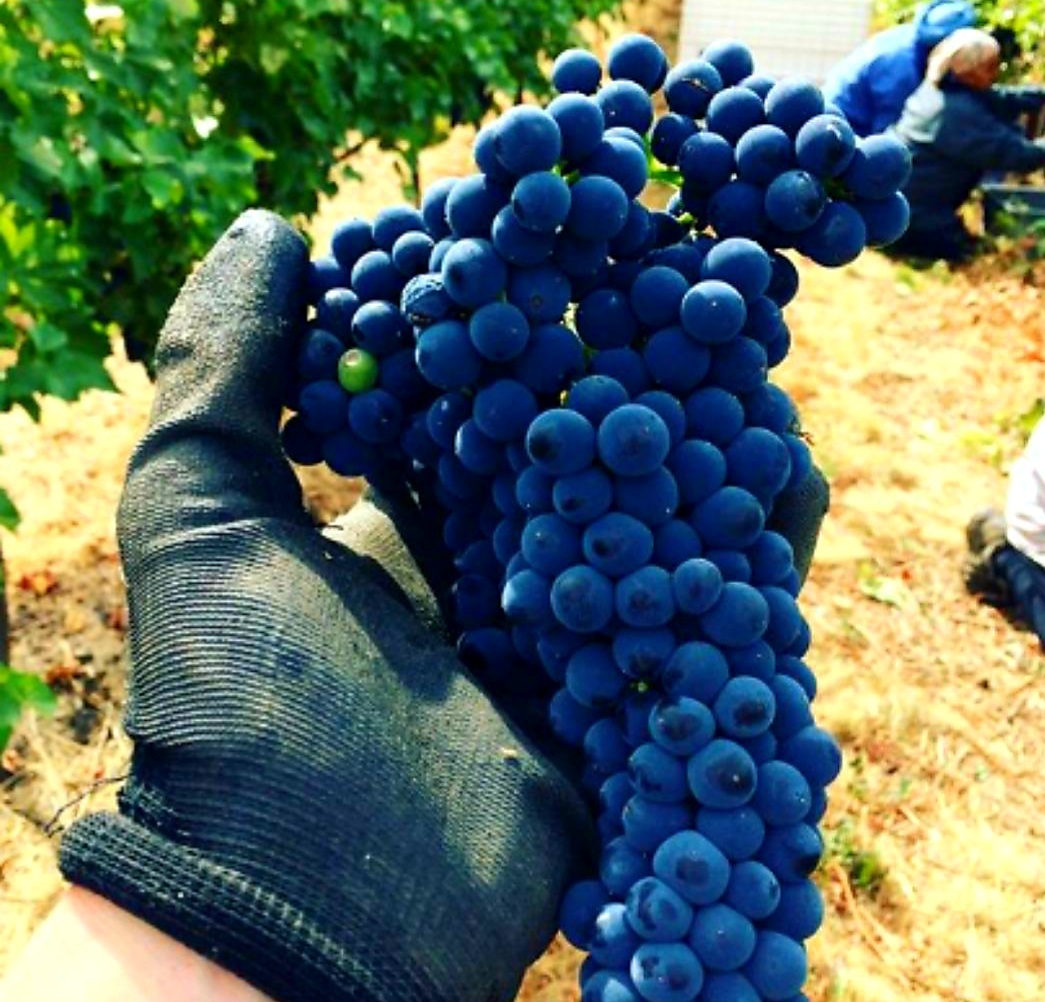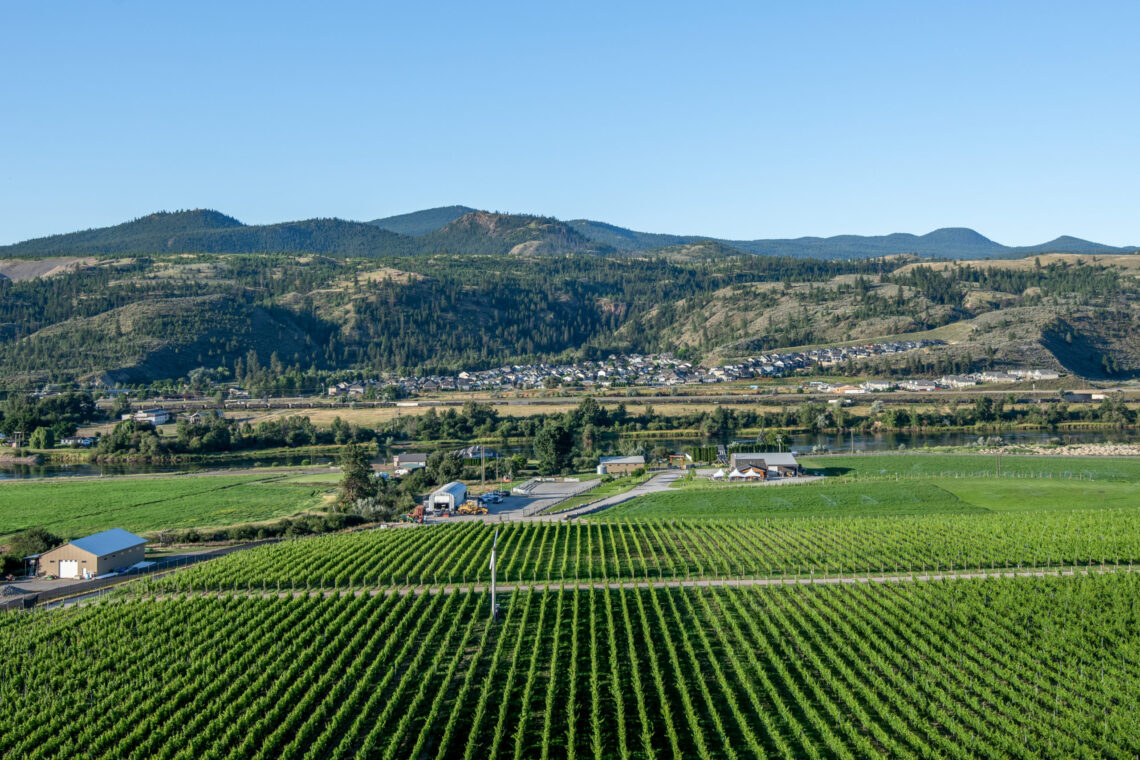Cover Image©Kamploops Wine Trail
The confluence of the North and South Thompson rivers gives the city its name Kamploops (derived from the word Shuswap Tk’emlups). From early Shuswaps to wild west cowboys, Kamloops’ past is legendary. Legends that tourists learn about even during visits to the cellars of which the area is rich.
Indeed, today, Kamloops is increasingly one of the main wine destinations in British Columbia (Canada). To the beauty of the landscape, nestled on the banks of two picturesque rivers, is added a lively artistic and culinary culture, as well as a cosmopolitan community ready to welcome visitors to a small but very interesting city.
The first commercial vineyards were planted in 2005. Kamloops’ first winery, Harper’s Trail Estate Winery, opened in 2012. Privato Vineyard & Winery and Sagewood wineries opened in 2013, followed by Monte Creek Winery in 2015.
The Kamloops Wine Association was formed in 2015 and launched the Kamloops Wine Trail as a collaborative platform to market and support Kamloops’ new Thompson Valley wine region.

©Kamploops Wine Trail
Thompson Valley was officially recognized as a BC Designated Wine Region (geographical indicator or appellation) in 2018. It is one of the newest of BC’s nine designated wine regions. The regional border parallels the Thompson River watershed and runs approximately 80 miles east to west starting at Chase and ending at Cache Creek. Currently, the vineyard and winery operation is centered around the town of Kamloops.
Thompson Valley is located between 300 and 400 km from the Pacific Ocean. At 50.6 degrees north latitude, Thompson Valley is one of the northernmost wine regions and is well-prepared for the future growth of global climate change.
Built on ancient floodplains and a bed of limestone and volcanic rock, the soil composition in the region ranges from clayey silt and sand (loam) to gravel and rock. Well-draining and mineral-rich, the soils of Thompson Valley are ideal for producing quality grapes.

©Kamploops Wine Trail
Protected by the rainy shadow of the high coastal mountains, Thompson Valley is classified as semi-arid. Hot, dry summers and cooler evenings contribute to the balance and bright acidity considered a defining characteristic of the region’s wines.
Stress in the vineyard creates tension and this is a good thing in wine. The northern latitude, large temperature swings, and dry soils in the Thompson Valley region create that tension. This forces the vines to focus heavily on grapes and not so much on leaf production. Ultimately this tension creates more concentrated flavors in the grapes and greater complexity in the wines.

©Kamploops Wine Trail
The regional winemaking style offers wines with depth, complexity and bright fruit flavors. Fresh and crisp whites, lively sparkling wines and fruity reds that reflect the balance and purity of the fruit.
The best white wine varieties: Riesling, Chardonnay, Pinot Gris and La Crescent while Pinot Noir, Gamay Noir, Cabernet Franc and Foch prevail for the red wine varieties.

©Kamploops Wine Trail
The history of the Thompson Valley is still young but it will certainly be able to write interesting pages in the winemaking history of the New World.








